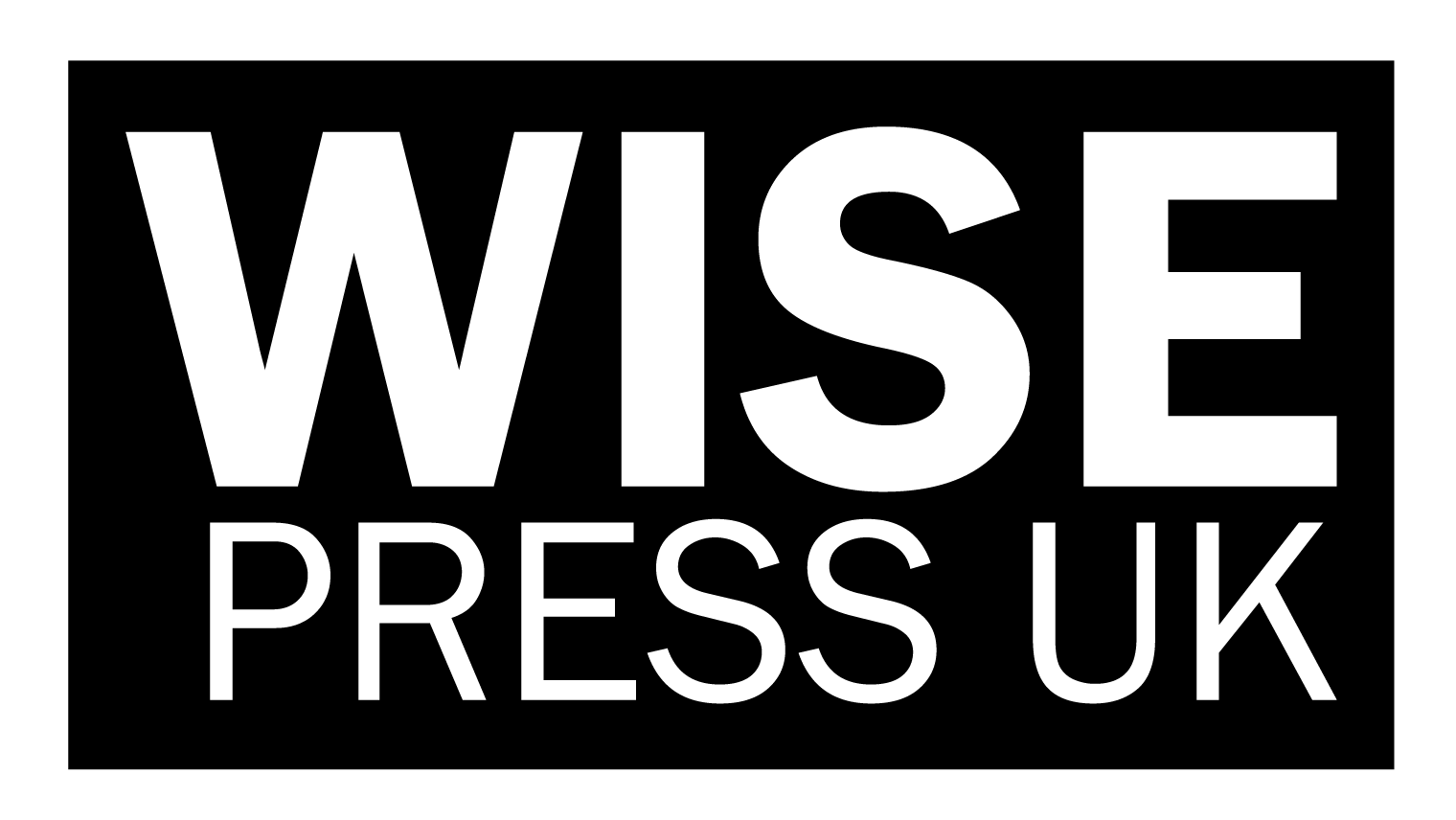Anyone with A Charger? Correlation of Nomophobia, Leisure Boredom and Quality of Life in Youth at University
DOI:
https://doi.org/10.61707/3ngsrf23Keywords:
Nomophobia, Boredom Perception, Quality of LifeAbstract
Aim: Along with affecting our daily lives and habits majorly, rapidly developing technology is known to increase the leisure boredom of youth in case they stay away from the technology. The fear of staying away from smartphones which is the most important material of portable technology is described as a recent disturbance and even a “a disorder of the modern world” (King et.al., 2010). In order for smartphones which have a significant place to meet the needs of life with aims such as pandemics, earthquakes etc. not to become an illness, it is important to investigate the reasons behind it. Considering these, the aim of the current study is to compare the digital game addiction, leisure boredom and quality of life of the students of Alanya Alaaddin Keykubat University in terms of different variables and to evaluate the correlation and effect sizes of these scales. Method: The study group consists of 405 university students (Meanage = 21.71± 4.13) studying at Alanya Alaaddin Keykubat University 239 of which are female (Meanage = 21.69± 4.30) and 166 of which are male (Meanage = 21.74± 3.88). As data collection tool, Leisure Boredom Scale (LBS) (Iso-Ahola & Weissinger 1990; Kara et.al, 2014), Nomophobia Scale (NFS) (Yıldırım & Correia 2015; Yıldırım et.al, 2016) and Quality of Life Scale – Short Form (QOL-SF) (Eser et.al, 2010) were used. In the analysis of the obtained data, descriptive statistics, t-test, ANOVA, Pearson Correlation and regression tests were used. To determine the reliability of scales, Cronbach Alpha intern coefficients were calculated. Findings: When the analysis results were evaluated, it is determined that there is a statistically significant difference in the total scores of LBS, NFS and QOL-SF in terms of “having difficulty in evaluating leisure”, “participation frequency in physical activity” and “evaluating oneself as smartphone addict”. Also, it is determined there is a statistically significant difference in the total scores of LBS and NFS in terms of “use of smartphone times/hour” (p<0.01). According to the Pearson correlation analysis, there is a positive and medium level correlation between NFS and LBS whereas there is a negative and low level of correlation between NFS and QOL-SF. Also, there is a negative and medium level of correlation between LBS and QOL-SF. The data showed that NFS has a negative impact on QOL-SF LBS has a negative impact on QOL-SF, and NFS has a positive impact on LBS. Conclusion: It is concluded that the group which has no difficulty in making use of leisure, who participates in physical activity regularly, who has less connection with their smartphones and who doesn’t see themselves as smartphone addicts have lower levels of leisure boredom perception and nomophobia whereas they have higher levels of quality of life. The fear of losing connections increases the level of boredom perception in students and it decreases the quality of life. Also, quality of life decreases due to the increase in boredom perception.
Downloads
Published
Issue
Section
License

This work is licensed under a Creative Commons Attribution-NonCommercial-NoDerivatives 4.0 International License.
CC Attribution-NonCommercial-NoDerivatives 4.0



